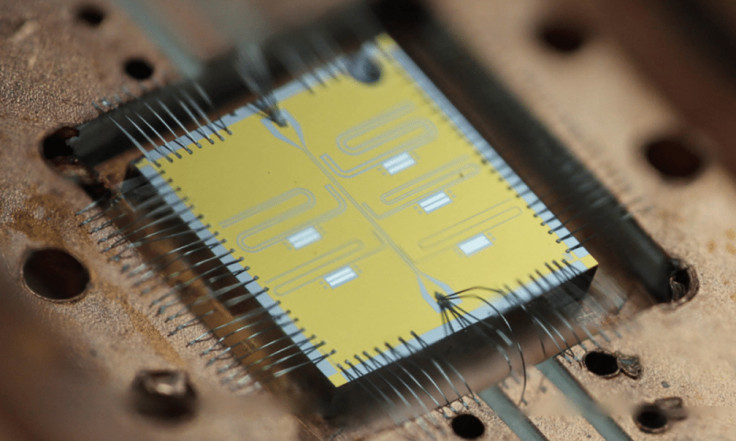Quantum computing breakthrough: Swiss scientists simulate record-breaking 45 qubit circuit
The largest ever simulation of a quantum computer has been achieved by ETH Zurich on a US supercomputer.

Two Swiss scientists have run the largest ever simulation of a quantum computer to date, by achieving a record-breaking 45 qubit quantum circuit on a supercomputer in the US.
Researchers from the Swiss Federal Institute of Technology (ETH Zurich) performed the simulation on the Cori II supercomputer built by the National Energy Research Scientific Computing Center (NERSC), a US Department of Energy Office of Science User Facility at Lawrence Berkeley National Laboratory.
Quantum computers do not yet exist – they are merely a concept. Scientists and software engineers all over the world are racing to develop ultra-fast computers that will be able impossibly large numbers and solve problems much faster than classical computers today.
While computers today are coded using a small unit of data with a single binary value of 0 or 1 called a "bit", a quantum computer would require qubits, which are in superposition so that they can have the value of 1 or 0 at the same time.
The idea is that the quantum computer can perform more calculations at the same time than a classical computer – so for example, one qubit can perform two calculations in quantum superposition, two qubits can perform four calculations, and three qubits can perform eight calculations. However it is difficult to keep the system stable, so the computer often collapses back to only being able to offer only one answer.
Can't build it? You can still simulate it
There are still a myriad of technical and scientific problems that will need to be solved in order to get the computer science and physics right for a quantum computer, however thanks to clever computer algorithms, estimates of what hardware will be required and the computing power of supercomputers, it is possible to simulate how one would work and what it could do.
The idea is that when we finally have real working prototypes of quantum computers, the computer scientists will then compare the prototypes' performance against the simulations, to ensure that the quantum computers are actually working properly and reaching the speeds they're supposed to achieve.
To simulate the quantum circuits, ETH Zurich PhD students Thomas Häner and Damien Steiger used 8,192 of 9,688 Intel Xeon Phi processors on the Cori II supercomputer, using most of the available memory on each of the 8,192 nodes.
The 45 qubit simulation used 0.5 petabytes (500,000GB) of memory on Cori II and achieved a performance of 0.428 petaflops. To accurately simulate a quantum circuit, all aspects of how it would behave need to be displayed in a computer model, including noise and interference in the system.
A new way to make simulations possible
Completely simulating a quantum computer is therefore a tough task for today's supercomputers, so to get the simulation to work, the researchers had to develop a new method to reduce the strain on the supercomputer's memory.
To do this, the researchers employed automatic code generation. They also optimised the compute kernels and applied a scheduling algorithm to the quantum supremacy circuits, in order to reduce communication between the nodes.
Their research, entitled "0.5 Petabyte Simulation of a 45-Qubit Quantum Circuit" is published on the open access arXiv preprint server.
"Near-term quantum computers will soon reach sizes that are challenging to directly simulate, even when employing the most powerful supercomputers. Yet, the ability to simulate these early devices using classical computers is crucial for calibration, validation, and benchmarking," the researchers write in the paper.
"To our knowledge, this [simulation] constitutes the largest quantum circuit simulation to this date. Our highly-tuned kernels in combination with the reduced communication requirements allow an improvement in time-to-solution over state-of-the-art simulators by more than an order of magnitude at every scale."
© Copyright IBTimes 2025. All rights reserved.






















